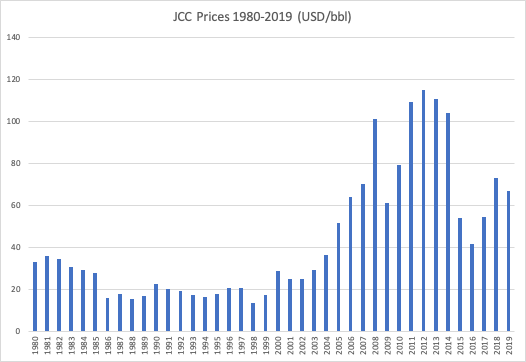Tesla's Stock Plunge: How India's Market is Seizing the Opportunity

In early June 2025, a public confrontation between Elon Musk, CEO of Tesla and SpaceX, and former U.S. President Donald Trump precipitated a drastic downturn in Tesla's stock, erasing approximately $150 billion in market capitalization. This unprecedented event not only rattled U.S. markets but also illuminated potential opportunities for emerging economies, particularly India, which stands to benefit from a significant reallocation of global capital in the wake of this turmoil.
The discord began during a campaign rally where Trump criticized Musk, labeling him as "disloyal" and hinting at the potential withdrawal of federal support for Tesla and SpaceX if he were to regain the presidency. According to data from Bloomberg, Tesla’s stock plummeted over 14% in one day, marking its most severe loss since going public and reflecting broader apprehensions about political instability affecting the tech sector.
Despite the immediate repercussions for Tesla, analysts suggest that this turmoil may serve as a catalyst for capital flow into India. As the United States grapples with political and economic uncertainty, India, with its stable policies and burgeoning electric vehicle (EV) market, is emerging as an attractive investment destination.
India's EV sector has witnessed remarkable growth, with over 1.7 million electric vehicles sold in the fiscal year 2024-25, a 96% increase year-on-year. This surge can be attributed to both rising domestic demand and significant government initiatives such as the Faster Adoption and Manufacturing of Hybrid and Electric Vehicles (FAME-II) scheme and the Production-Linked Incentive (PLI) Scheme for Advanced Chemistry Cell Battery Storage, worth ₹18,100 crore. Industry leaders like Tata Motors and Ola Electric are heavily investing in expanding their EV product lines and infrastructure, positioning India as a pivotal player in the clean energy transition.
Moreover, the fallout from Tesla's crisis underscores vulnerabilities in global supply chains heavily reliant on geopolitical stability. Tesla's supply chain is significantly tied to rare earth elements and semiconductors sourced from politically volatile regions. In response, India has launched its Critical Minerals Strategy, identifying essential minerals crucial for national security and industrial growth. Notably, the Geological Survey of India recently discovered a substantial lithium reserve in Jammu and Kashmir, which could facilitate local production of batteries essential for EVs.
Furthermore, India is making strides in semiconductor manufacturing, with Micron Technology collaborating with Tata Group to establish assembly and testing units in Gujarat, bolstered by a ₹76,000 crore incentive package from the Indian government. This initiative is crucial as global investors seek to diversify away from China amid rising U.S.-China tensions.
According to Dr. Anjali Sharma, an economist at the Indian Institute of Management Bangalore, "The geopolitical landscape is shifting. Countries like India that offer stability and growth potential are increasingly attractive to foreign investors looking for safe havens for their capital."
The urgency to redirect investments toward India is further amplified by the potential of its space technology sector. As Trump’s rhetoric extended to SpaceX’s satellite network, Indian startups such as Skyroot Aerospace and Agnikul Cosmos are poised to attract international investments. Reports from EY-ISpA project that the Indian space economy could grow to $13 billion by 2026, up from $7 billion in 2022.
In conclusion, while the clash between Musk and Trump signifies a tumultuous chapter for U.S. technology firms, it simultaneously opens avenues for India to emerge as a global industrial and investment powerhouse. The Tesla debacle, while costly for American investors, could very well be the impetus for India’s trillion-dollar leap into the forefront of global clean technology and manufacturing.
As the global economy continues to navigate these disruptions, it remains to be seen how effectively India can capitalize on the opportunities presented by the shifting dynamics of global capital flows. However, the current trajectory indicates a promising future that could redefine the landscape of the clean energy sector and beyond.
Advertisement
Tags
Advertisement





